
4 min read
Zanat: Preserving a Woodcarving Legacy
By reviving Bosnia’s age-old woodcarving traditions, Zanat preserves cultural heritage through exquisite craftsmanship.
3 Days of Design is the annual Copenhagen-wide design festival spotlighting the best of Scandinavian and international design. Last week, for the festival’s eleventh edition, the city’s showrooms and galleries opened their doors as over 350 exhibitions and events gave visitors the chance to discover the latest trends, innovations and product launches.
The festival has become an essential stop on the international design calendar. Its strength lies in a culture of supporting collaboration and togetherness in an accessible format that is open both to the public as well as trade. This year, the number of brands exhibiting jumped by a staggering 40 percent. The challenge for the organizers will be to retain the unique character of the event while riding its successes.
We scoured the 11 design districts from Refshaleøen to Nordhavn to meet with manufacturers, designers and collaborators to uncover the latest ideas for a healthy home. Here are our highlights.
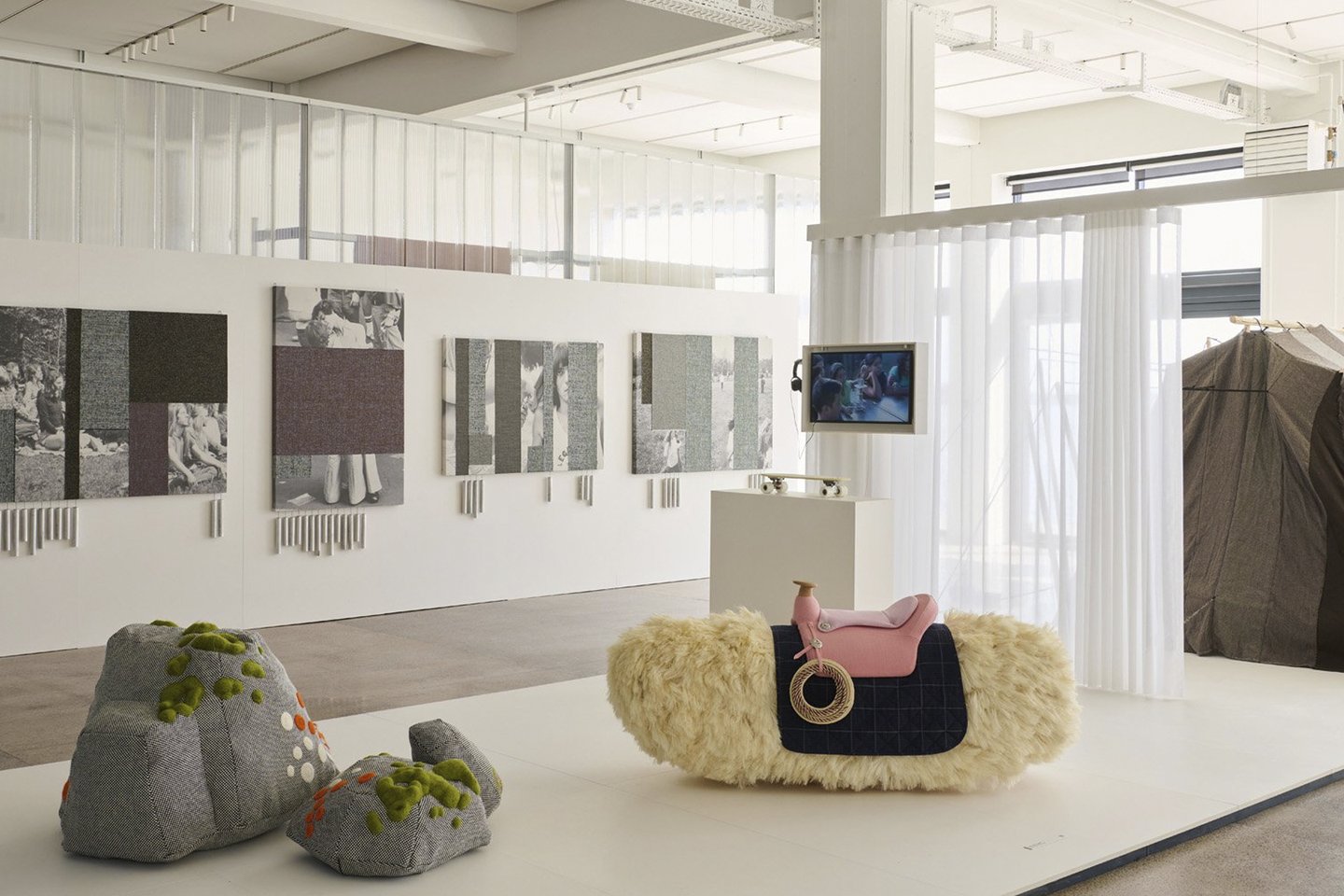
‘ReThink’ is an exhibition commissioned by Kvadrat featuring 12 designers from across the globe. The creatives were asked to explore how different aspects of sustainability can shape material innovation, design decisions and processes to cultivate new aesthetic values. The curators selected the participants based on their sustainable design approaches, with projects including biodegradable building materials, insulating curtains and community collaborations. Each project used the textile company’s recycled and low-impact materials in innovative and thoughtful ways, to champion messages around transparency (Maxwell Ashford), design for repair (Ýr Jóhannsdóttir) or waste reassignment (Patricia Urquiola).


Design house Fritz Hansen presented ‘Islands of Wellbeing’, an exploration of design in modern architecture at one of Copenhagen’s most exciting new public spaces, the Opera Park. Designed by Danish studio, Cobe, the development occupies a former industrial site on the city’s inner harbor, adjacent to The Royal Danish Opera. It features a ‘green oasis’, comprising six gardens and a flower-shaped central greenhouse. It also houses a café and a hidden underground car park. The show presented Fritz Hansen’s new indoor and outdoor furniture collections, while talks and workshops explored the importance of nature-inspired products and architecture, how to design for wellbeing and how to care for and maintain timber furniture.
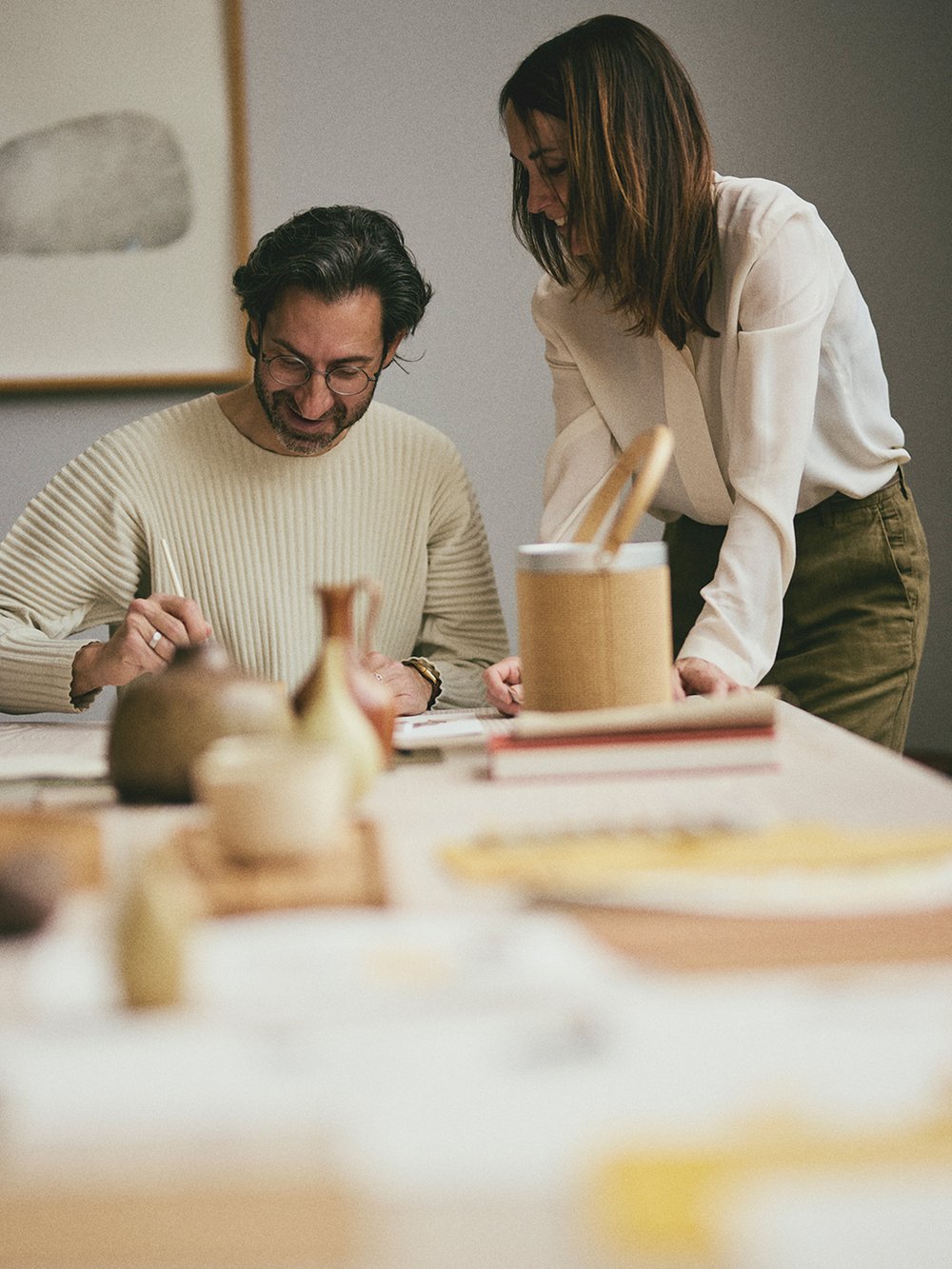

Sorensen launched ‘Leisure’, a collection of hand-sanded pigmented leathers for indoor and outdoor use, developed in collaboration with Danish-Italian design duo, GamFratesi. Unlike most protected leathers, this new collection embraces the natural grain and markings of the hide and feels as soft and characterful as unprotected aniline leather. The collection is presented in 14 colors, inspired by a trip Stine Gam and Enrico Fratesi took through Europe. “The palette includes everything from warm terracotta to the black of volcanic ash, which we discovered in Southern Europe. There are also cheerful yellow hues inspired by the Danish rape fields, along with graceful shades of grey, beige and brown that capture the calm of Scandinavia forests,” Gam explained.
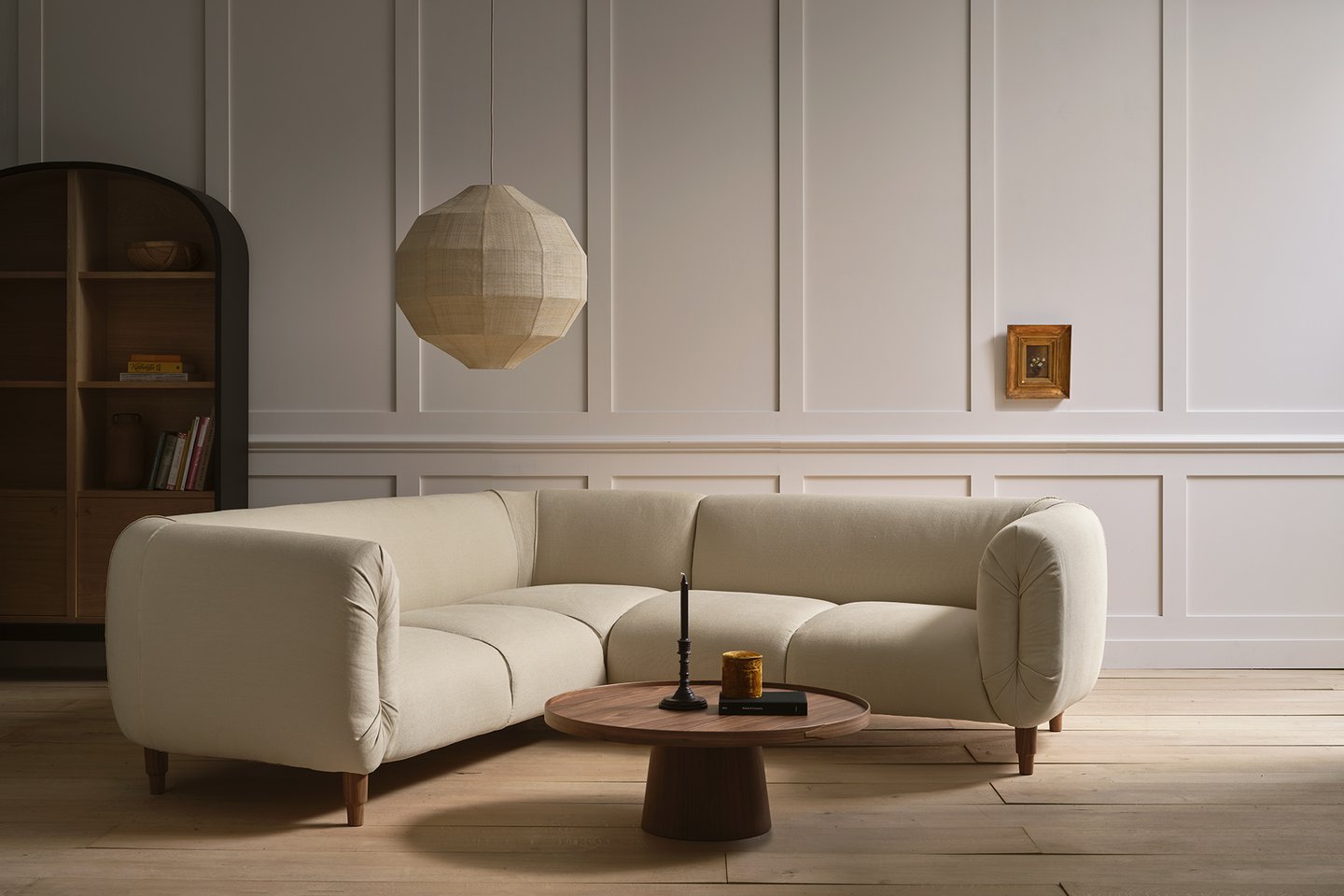
To kick off their 20th anniversary celebrations, London design studio Pinch, upped sticks to Copenhagen in partnership with fashion designer Mark Kenly Domino Tan. Hosted at the latter’s boutique on Strandstræde, the beautifully presented union of furniture and fashion demonstrated a meeting of brand sensibilities. Alongside favorite pieces from their furniture and lighting collections, Pinch also used the opportunity to launch their new (and very comfortable) Garagh sofa system and armchair, which share a relaxed, organic form with rolling curves and a rounded silhouette.


Sika-Design was established in 1942 and is the oldest manufacturer of rattan and wicker furniture in Scandinavia. Taking a space at the House of Design at Frederiksgade, the brand presented three new hand-woven wicker lampshades by Japanese designer Jin Kuramoto, all constructed from Indonesian rattan with an inner iron frame, and designed to cast a soft glow and create a cozy atmosphere. Alongside the new launches, Sika presented classic pieces from its collection, such as the Hanging Egg Chair by Nanna & Jorgen Ditzel (1959), the Luella mirror and Belladonna sofa (1951) by Franco Albini & Franca Helg and the ‘Funky’ dining chair by Yuzuru Yamakawa (1996).
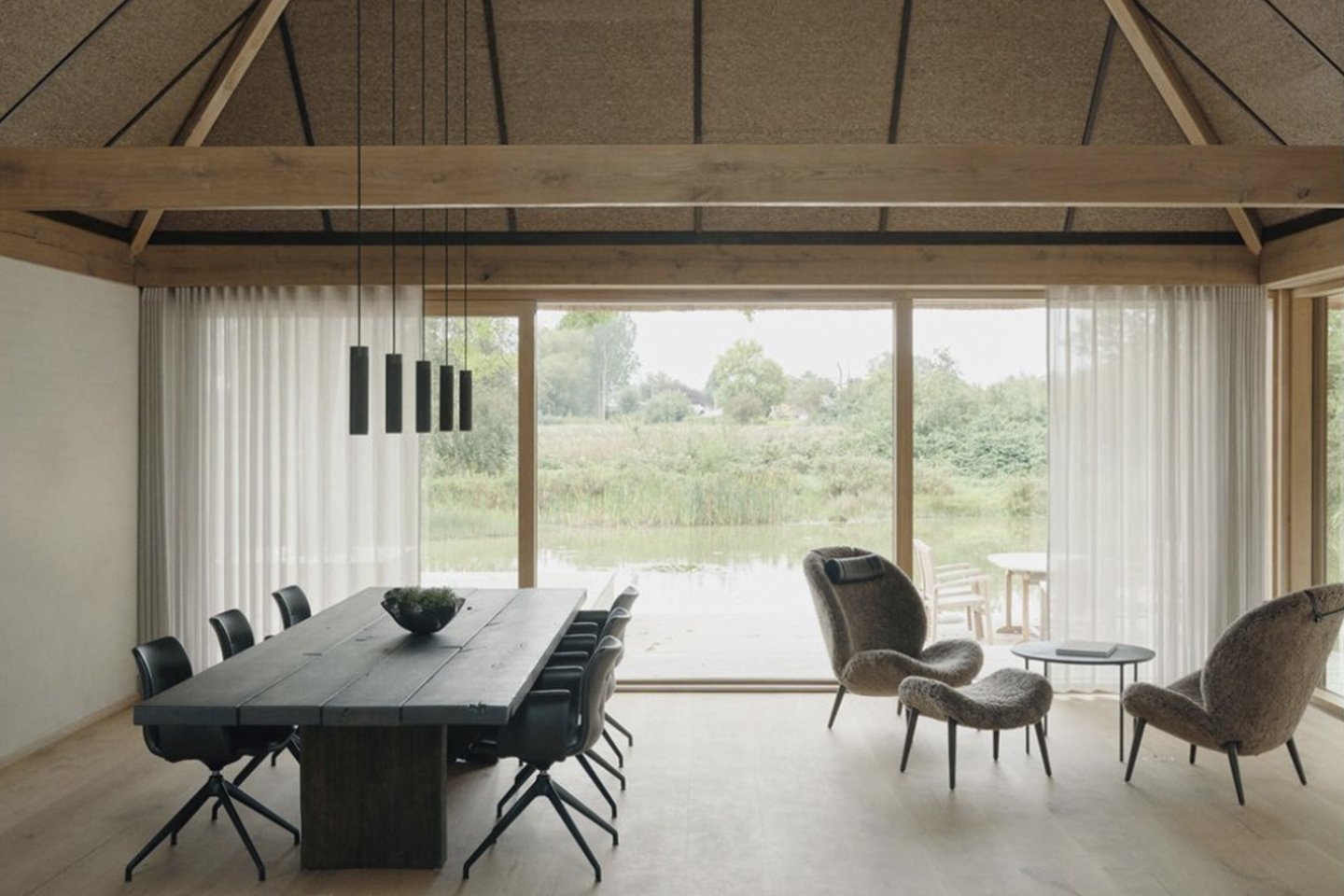
For over a decade, Søuld has collaborated with ecologists, manufacturers and designers to explore the material possibilities of eelgrass – an abundant, renewable local sea plant with deep roots in Danish culture. The company now specializes in acoustic panels and building products made from this plant, and its work has led to the revitalization of a 400-year-old farming tradition and protection of the local eelgrass ecosystem. For 3 Days of Design, Søuld organized a floating exhibition to demonstrate the aesthetic transformation of eelgrass from its traditional use on thatched roofs on the Danish island of Læsø, to its modern application in their building products. Beyond acting as a carbon store, the panels offer acoustic and thermal comfort, fire resistance, humidity regulation and protection from mold.

Following careers in design and engineering, Jakob Aaen and Anders Koefoed co-founded Målbar with the goal of democratizing life cycle screenings within the furniture industry. Their tool provides accessible and powerful insights and knowledge about the climate emissions of products, the impact from value chains and areas for iterative improvement over time. They align with the Product Environmental Footprint (PEF) method from the European Commission (which harmonizes with US metrics) and offer third-party verification on their calculations. By taking a big data approach, Målbar are sidestepping the complexity and cost of Environmental Product Declarations (EPDs) and bringing robust product transparency to the mainstream – which ultimately is for the benefit of both the end consumer and the environment.



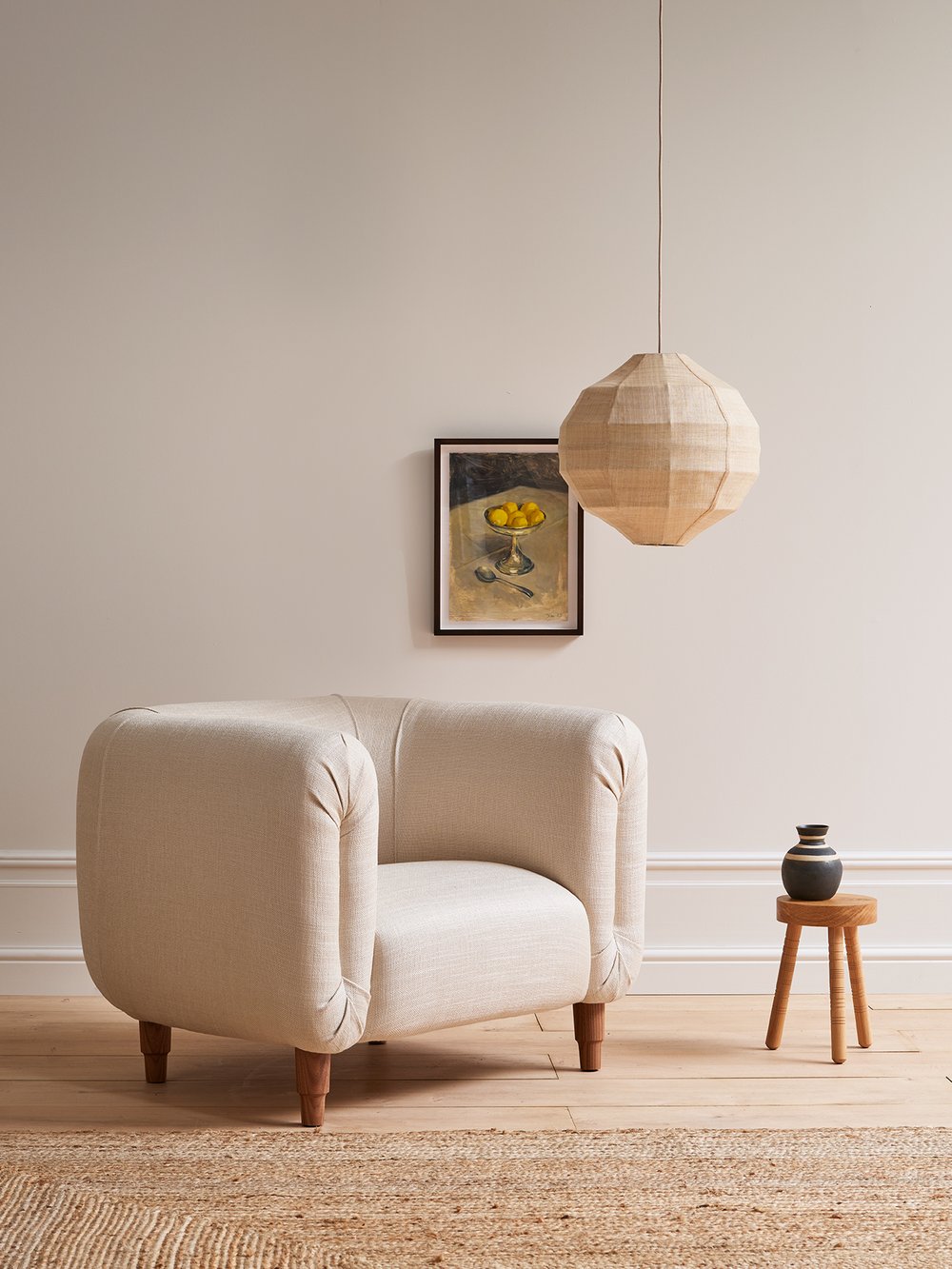
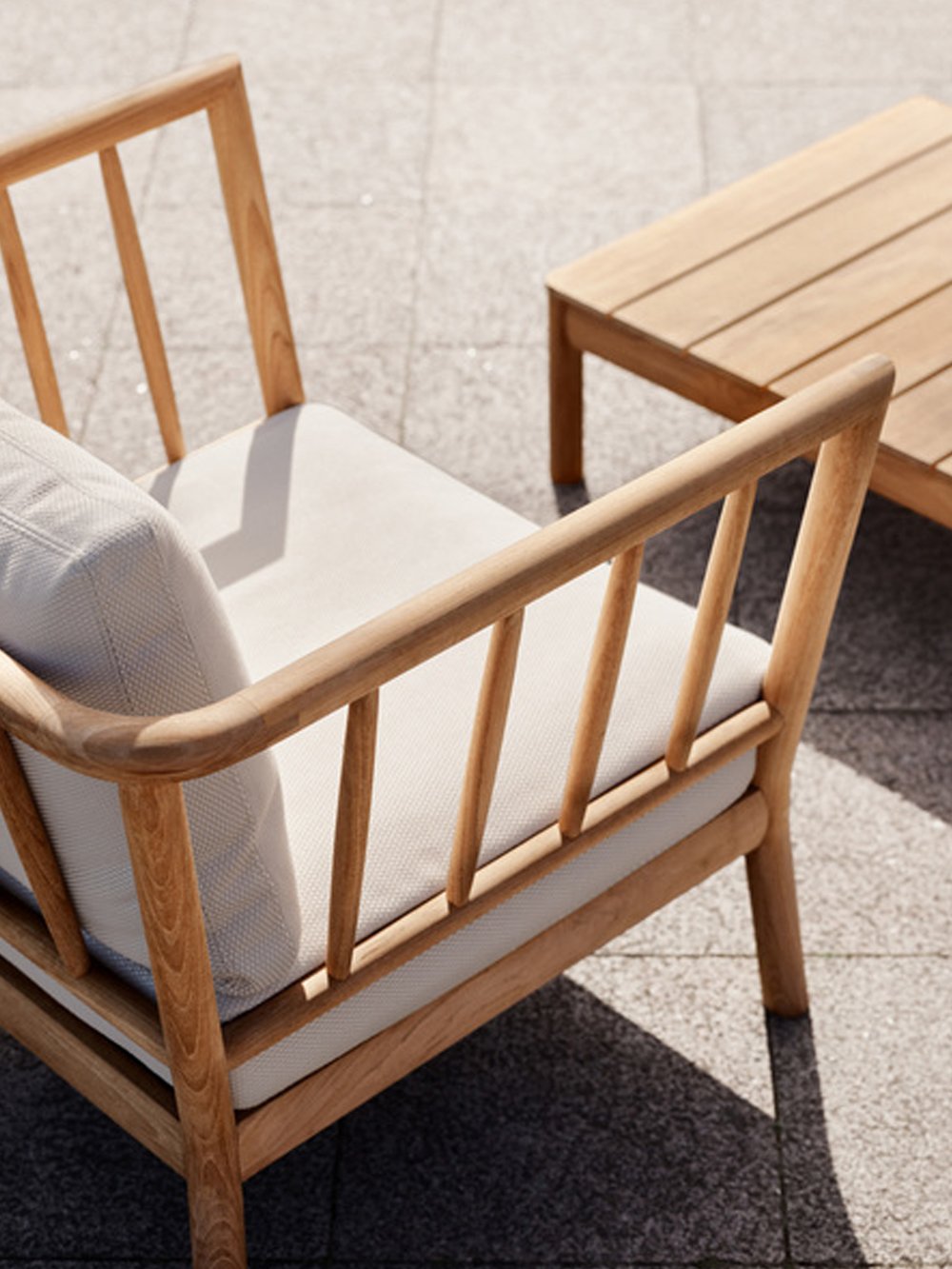
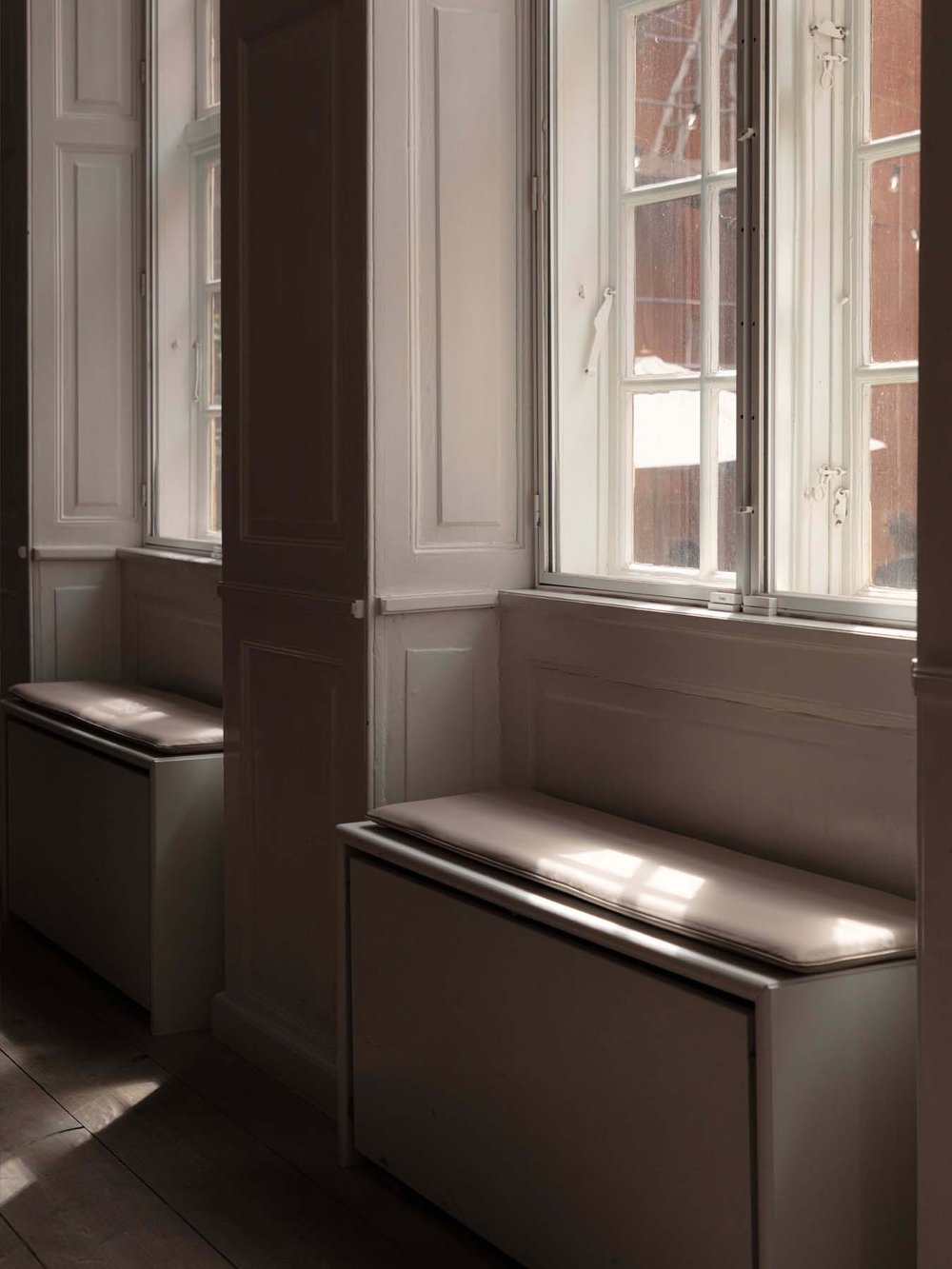
Photography: Fritz Hansen by Laura Stamer, Kvadrat, Fritz Hansen, Sørensen by Jesper Johansen, Sørensen, Pinch, Sika by Kasper Kamuk, Sika, Søuld by Andreas Pless, Målbar, Sika by Simon Noerlev
Further Info


4 min read
By reviving Bosnia’s age-old woodcarving traditions, Zanat preserves cultural heritage through exquisite craftsmanship.
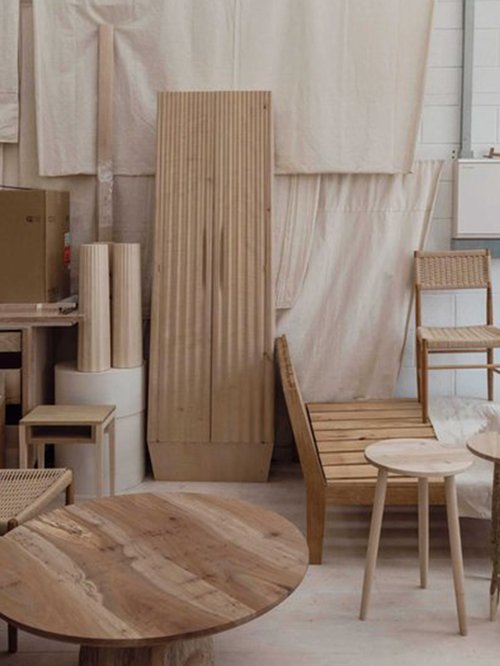
5 min read
On a recent trip to the UK, we had the chance to meet designer, craftsman and environmentalist Sebastian Cox, to learn more about his studio and have a tour of his workshop.